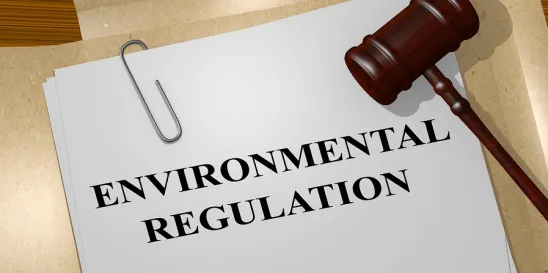The Washington Department of Ecology’s recent amendments to the state contaminated site cleanup regulations under the Model Toxics Control Act (MTCA) require screening to determine whether contaminated sites may affect “vulnerable populations” or “overburdened communities” at different stages of the cleanup process.1 In January 2024, Ecology released high-level methodological guidance, Implementation Memorandum No. 25: Identifying Likely Vulnerable Populations and Overburdened Communities under the Cleanup Regulations, on how to make these initial determinations.
Ecology will use information about potential impacts on vulnerable populations or overburdened communities for strategic planning and agency resource allocation. This information will also be considered during site-specific investigations and remedial action decisions. Ecology will track sites with potential impacts to these populations and communities in the Site Hazard Assessment and Ranking Process Tool.
The new guidance specifies that, as a starting point, the “potentially exposed population” will be assumed to include a “likely vulnerable population or overburdened community” if the population is located in a census tract with certain demographic criteria contained in the Environmental Health Disparities Index from the Washington State Department of Health’s EHD Map or the Demographic Index from the U.S. Environmental Protection Agency's EJScreen. The guidance also provides for the use of “site-specific information” to refine both the potentially exposed populations and their demographics. Reflecting the limitations and assumptions inherent in the screening methods, Ecology has also required certain confidence levels in the data necessary to integrate these determinations into the agency’s strategic planning and site-specific cleanup decisions.
While the guidance clarifies certain aspects of new environmental justice provisions in the state cleanup regulations, it is incremental, leaving many key issues unaddressed. It does not explain, for example, how these determinations will be considered during site cleanups and does not identify what site-specific information Ecology will consider appropriate for refining census tract-level screening assessments or how such information should be collected or analyzed. Additional guidance is likely necessary to minimize uncertainty surrounding the implementation of the new environmental justice requirements under MTCA.





 />i
/>i

